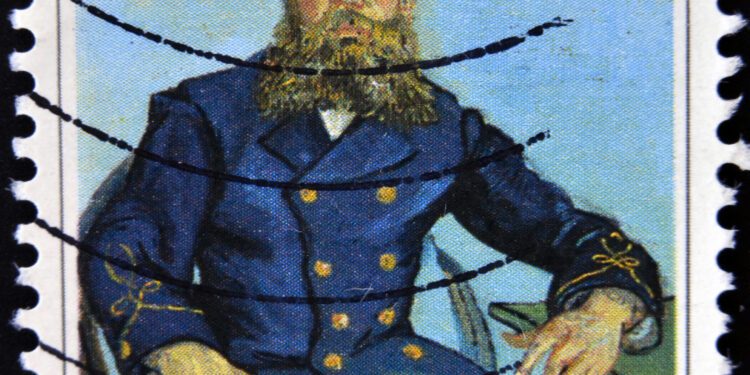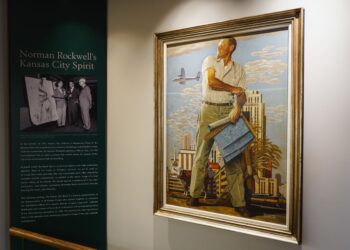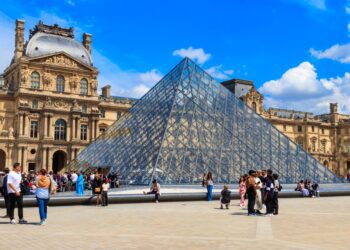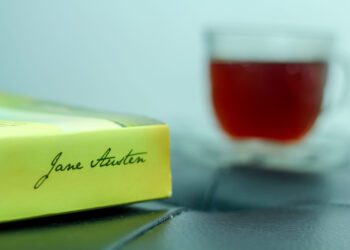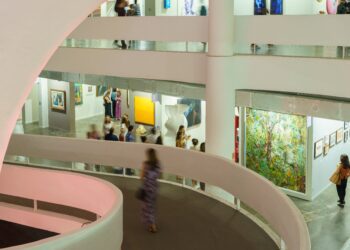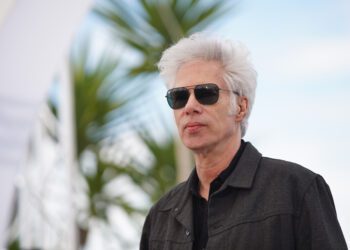Van Gogh: The Roulin Family Portraits is the first exhibition to be devoted to the paintings of the “postman” and his family. Opening soon at Boston’s Museum of Fine Arts (30 March-7 September), it will later be presented at the Van Gogh Museum in Amsterdam (3 October-11 January 2026).
Although Van Gogh often led a lonely life in Provence, he found a true friend in Joseph Roulin, a 47-year-old postal official at the railway station in Arles. Roulin proved loyal when times were tough, later keeping an eye on the artist when he was hospitalised after mutilating his ear. According to Marie Ginoux, who ran the café where the two men frequently drank, they were “like brothers”.
Never in his career did Van Gogh make such a large group of portraits of a single family. He completed six paintings of Joseph, plus three sketches, and eight of his wife Augustine, including two with their infant daughter. Of their children, he made three paintings each of 17-year-old Armand, 11-year-old Camille and the infant Marcelle.
By 1 December 1888 Vincent was able to report back to his brother, Theo: “I’ve done the portraits of an entire family, the family of the postman whose head I did before—the man, his wife, the baby, the young boy and the 16-year-old [he had actually turned 17] son, all characters and very French, although they have a Russian look.”
Dating from July 1888 to April 1889, just over half the full series of 23 paintings were done from life and the remainder were Van Gogh’s copies or repetitions, some of which he gave to the family. Of the 23, 12 will be reunited in Boston and 15 in Amsterdam. Securing Van Gogh loans is always challenging, so this represents a considerable success by the two curators, Katie Hanson (Boston) and Nienke Bakker (Amsterdam).
The Boston presentation will give the opportunity to see two of the five surviving versions of the portrait of Augustine, then aged 37. She is depicted as the motherly La Berceuse (The Lullaby), clutching a rope which would have been attached to Marcelle’s cradle.
Research for the exhibition suggests that Van Gogh’s colours in the Boston portrait of Augustine have faded over the years. The greens in the upper background and the orange-red inscription “La Berceuse” on the red lower-right background, now barely visible in reproductions, would have been stronger. The pink parts of the flowers in the background have also faded, becoming whiter.
Two of the portraits of Armand, then a blacksmith’s apprentice, will be exhibited in Amsterdam, coming from museums in Rotterdam and Essen—just the Rotterdam work will be on display in Boston.
Although not in the exhibition, recent research has revealed what is believed to be a third portrait of Armand, that was previously thought to show an anonymous sitter. This striking work was sold at Christie’s in 1995 for $13m and remains in a private collection, but unfortunately it was unavailable for loan. Armand later in life served as a police officer, partly in Tunisia, and died in Nice in 1945.
The Roulin portraits were eventually dispersed around the world, with all but three ending up in museum collections in the Netherlands, Switzerland, Germany, Brazil and, above all, in the United States. Only two, those of Camille and Marcelle, stayed with Theo’s family and are now in the collection of the Amsterdam museum. Not a single one of the Roulin portraits remained in France.

